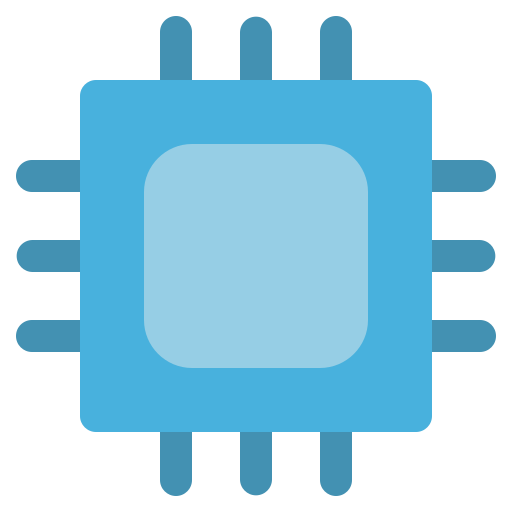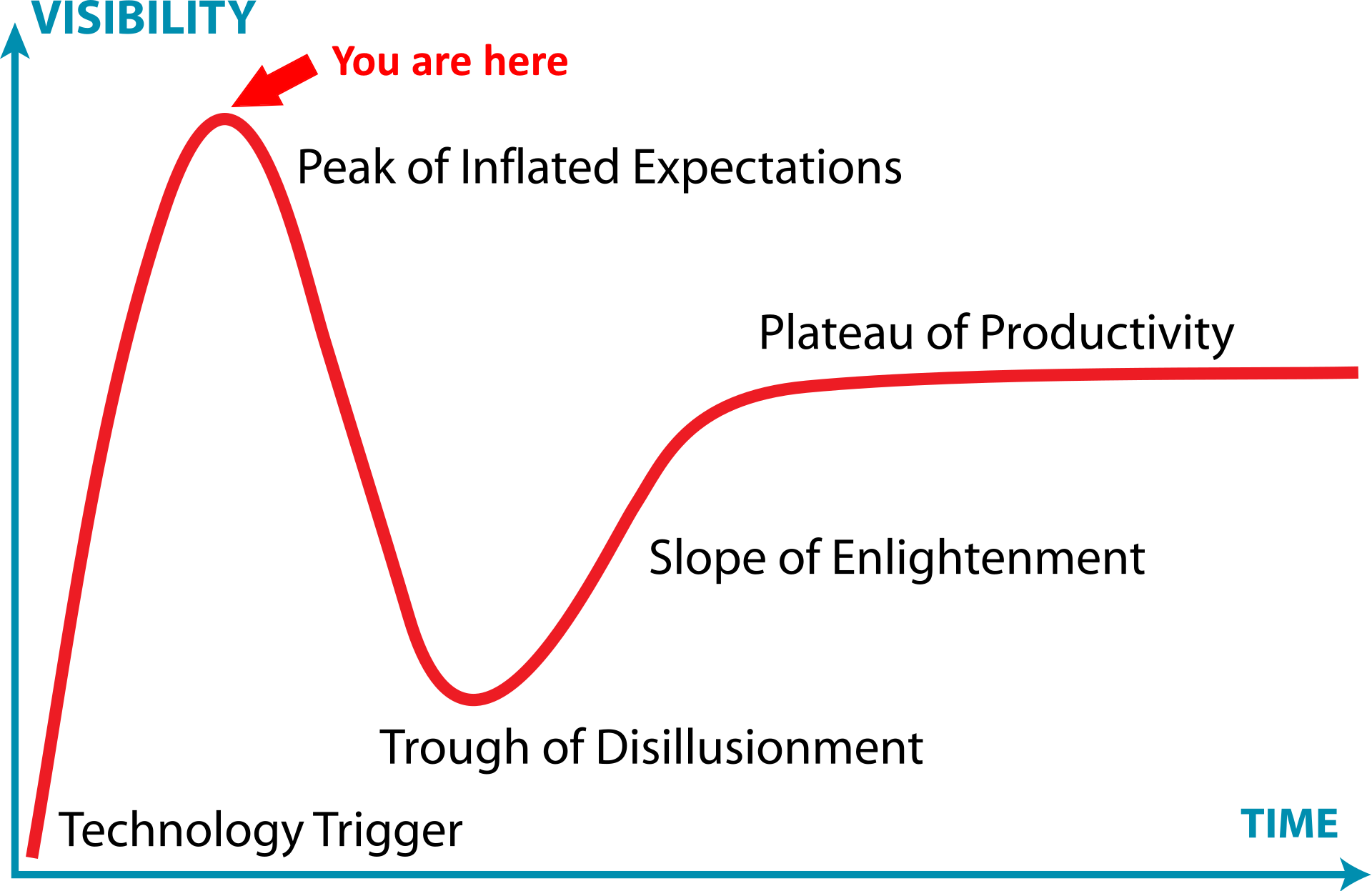sylver_dragon
- 0 Posts
- 58 Comments

 1·17 days ago
1·17 days agoRe-read what I wrote, but hop down off your high horse first, it’s obvious you weren’t able to read it clearly from up there. I’m neither promoting nor defending piracy. Quite the contrary, I’m praising the legitimate services (and Steam in particular) for understanding that competition with piracy isn’t all about money, it’s often about the quality of service. Funny enough, your own comments are actually a point in favor of this:
You ever wonder why these companies don’t operate in countries that don’t have strict piracy laws and can’t shut down sites with court orders? Because it’s still easier to pirate than face criminal charges.
Yet somehow, with a lot of time, money and effort put into shutting down piracy, the pirates were able to provide a better service. Seriously, step back from the whole “napster bad” for a moment and think about the dissonance of the situation. Large companies, pulling in millions of dollars a year, with no need to worry about law enforcement or monied interests coming after them, somehow failed to create anything resembling a functional digital marketplace. They were stuck in the physical distribution paradigm and fought tooth and nail to avoid digital distribution. At the same time, a few kids, with little money, and law enforcement trying to shut them down created a pretty good user experience. Sure, some of that is not having to worry about licensing. But, a large part of it is understanding what the users want and giving it to them.
It wasn’t until Apple came along and basically created “Napster, but legitimate” that music piracy really fell off. Netflix pulled off something similar with video (though that is rebuilding some rough edges at the moment) and Steam did it for games. Sure, piracy still exists, and it will always be a problem. But, a lot of piracy can be tamped down by having a good service available.

 272·18 days ago
272·18 days agoOne thing that we have learned is that piracy is not a pricing issue. It’s a service issue. The easiest way to stop piracy is not by putting antipiracy technology to work. It’s by giving those people a service that’s better than what they’re receiving from the pirates. – Gabe Newell, 2011
Time and again, digital distribution platforms have proved this. Apple Music became a dominant music distribution platform at the height of Napster, LimeWire and other peer to peer sharing apps. They did it, because it was easier to just buy the tracks/albums you wanted than to dig through trackers and websites which may or may not actually have what you want. Netflix became the de-facto source for streaming movies at a time when BitTorrent was common and well known. Again, they made it easy and convenient, while not charging an arm and a leg. Steam also faced competition from BitTorrent piracy. But again, Steam made buying, downloading and running games easier than the pirates. And people are willing to pay for that convenience and not dealing with the crap which floats around the high seas.
And, so long as Steam continues to treat it’s customers right, those customers will keep coming back. And that’s the problem with Pitchford’s whole premise. Developers will go where the customers are. Sure, you’ll get the odd case of a publisher/developer doing an exclusivity deal. But even then, it’s probably limited, because the customers are on Steam. If another storefront wants to draw customers, they need to start with treating customers well. They will still face headwinds, as Steam has a large “first mover” advantage. But, success is going to start with making customers want to come back.

 18·19 days ago
18·19 days agoOk, good luck with that! Can’t wait for this guy to start whining that he can’t find employees.

 3·24 days ago
3·24 days agoIt probably comes down to the difficulty of of transport. We have a local fruit in the Eastern US, the Pawpaw. It’s a fantastic fruit and has a history of cultivation in the area. But, it does not transport well and has to be eaten pretty quickly after they ripen. So, it’s not a wide commercial success.

 6·26 days ago
6·26 days agoI wonder how this is going to impact Splunk? As someone who drank deeply from the Splunk punch bowl, I find myself wondering more and more what I am going to replace it with? And this sort of announcement doesn’t help. Seems like Cisco is planning to be the next Broadcom.

 45·30 days ago
45·30 days agoHave you considered just beige boxing a server yourself? My home server is a mini-ITX board from Asus running a Core i5, 32GB of RAM and a stack of SATA HDDs all stuffed in a smaller case. Nothing fancy, just hardware picked to fulfill my needs.
Limiting yourself to bespoke systems means limiting yourself to what someone else wanted to build. The main downside to building it yourself is ensuring hardware comparability with the OS/software you want to run. If you are willing to take that on, you can tailor your server to just what you want.
Switched to full time Arch because I didn’t want to run Windows Privacy Invasion Goes to 11. And it’s been pretty good. Valve gets a big “thank you” for their contributions to WINE and making gaming on Linux nearly as seamless as Windows.
It’s probably still true that “Next year” will be the year of Linux on the desktop, and it will be for several more years to come. But, it’s starting to feel like cracks are forming in the Microsoft wall.

 15·1 month ago
15·1 month agoThat sounds like a feature, not a bug.

 50·1 month ago
50·1 month agoThe Crypto Wars have never ended. Governments dream of a world without public access to encryption and privacy. And many government attacks on encryption are done “for the children”.

 10·2 months ago
10·2 months agoAs much “doom and gloom” as the article pushes, I kinda feel that the compromised keys being well known makes detection easier. The malicious binary needs to be signed with one of these keys, this means that there will be very specific structures (e.g. the public key) at well known locations in the file. This is exactly the type of threat which anti-virus is good at detecting. Assuming a network’s security folks aren’t completely asleep at the switch, these attacks should get picked up and blocked pretty fast.
There is a reason attackers spend so much time and effort obfuscating code and keeping files off the disk. While A/V may be a pretty terrible security control and easily bypassed in many cases, watching for files with well known patterns is one of the few things A/V tends to do well.

 20·2 months ago
20·2 months agoIt’s getting Fark’d

 2·2 months ago
2·2 months agoI didn’t actually think about what all these wild AV systems could do, but that’s incredibly broad access.
Always has been. I’ve clean Symantec A/V off way too many systems in my time, post BSOD. That crap came pre-loaded on so many systems, and then borked them. The problem is, that in order to actually protect system from malware, the A/V has to have full, kernel level access. So, when it goes sideways, it usually takes the system down. I’ve seen BSODs caused by just about every vendor’s A/V or EDR product. Shit happens. Everyone makes mistakes, but when that mistake is in A/V or EDR, it usually means a BSOD.
Maybe I’m just old, but it always strikes me as odd that you’d spend so much money on that much intrusive power that on a good day slows your machines down and on a bad day this happens.
I get that Users are stupid. But maybe you shouldn’t let users install anything. And maybe your machines shouldn’t have access to things that can give them malware. Some times, you don’t need everything connected to a network.It’s tough. The Internet and access to networks provides some pretty good advantages to users. But, it also means users making mistakes and executing malware. And much of the malware now is targeted at user level access; so, you can’t even prevent malware by denying local admin/root. Ransomware and infostealers don’t need it. A/V ends up being a bit of a backstop to some of that. Sure, it mostly is a waste of resources and can break stuff when things go bad. But, it can also catch ransomware or alert network defenders to infostealers. And either of those can result in a really, really bad day. A ransomed network is a nightmare. And credentials being stolen and not known about can lead to all kinds of bad stuff. If A/V catches or alerts you to just one or two of those events and lets you take action early, it may pay for itself (even with this sort of FUBAR situation) several times over.

 1·2 months ago
1·2 months agoOddly, one of CrowdStrike’s selling point is that it provides pretty good EDR for Linux and Mac. If you want crap EDR, which pushes you towards Windows, Microsoft Defender for Endpoint is the ticket.

 1·2 months ago
1·2 months agoI do agree with what you are saying, but for a complete beginner, and a very general overview, I didn’t want to complicate things too much. I personally run my own stuff in containers and am behind CG-NAT (it’s why I gave it a mention).
That said, if you really wanted to give the new user that advice, go for it. Rather than just nit pick and do the “but actshuly” bit, start adding that info and point out how the person should do it and what to consider. Build, instead of just tearing down.

 1·2 months ago
1·2 months agoNo, but you are the target of bots scanning for known exploits. The time between an exploit being announced and threat actors adding it to commodity bot kits is incredibly short these days. I work in Incident Response and seeing
wp-contentin the URL of an attack is nearly a daily occurrence. Sure, for whatever random software you have running on your normal PC, it’s probably less of an issue. Once you open a system up to the internet and constant scanning and attack by commodity malware, falling out of date quickly opens your system to exploit.

 601·2 months ago
601·2 months agoNot saying Windows isn’t trash, but considering what CrowdStrike’s software is, they could have bricked Mac or Linux just as hard. The CrowdStrike agent has pretty broad access to modify and block execution of system files. Nuke a few of the wrong files, and any OS is going to grind to a halt.

 8·2 months ago
8·2 months agoShort answer: yes, you can self-host on any computer connected to your network.
Longer answer:
You can, but this is probably not the best way to go about things. The first thing to consider is what you are actually hosting. If you are talking about a website, this means that you are running some sort of web server software 24x7 on your main PC. This will be eating up resources (CPU cycles, RAM) which you may want to dedicated to other processes (e.g. gaming). Also, anything you do on that PC may have a negative impact on the server software you are hosting. Reboot and your server software is now offline. Install something new and you might have a conflict bringing your server software down. Lastly, if your website ever gets hacked, then your main PC also just got hacked, and your life may really suck. This is why you often see things like Raspberry Pis being used for self-hosting. It moves the server software on to separate hardware which can be updated/maintained outside a PC which is used for other purposes. And it gives any attacker on that box one more step to cross before owning your main PC. Granted, it’s a small step, but the goal there is to slow them down as much as possible.That said, the process is generally straight forward. Though, there will be some variations depending on what you are hosting (e.g. webserver, nextcloud, plex, etc.) And, your ISP can throw a massive monkey wrench in the whole thing, if they use CG-NAT. I would also warn you that, once you have a presence on the internet, you will need to consider the security implications to whatever it is you are hosting. With the most important security recommendation being “install your updates”. And not just OS updates, but keeping all software up to date. And, if you host WordPress, you need to stay on top of plugin and theme updates as well. In short, if it’s running on your system, it needs to stay up to date.
The process generally looks something like:
- Install your updates.
- Install the server software.
- Apply updates to the software (the installer may be an outdated version).
- Apply security hardening based on guides from the software vendor.
- Configure your firewall to forward the required ports (and only the required ports) from the WAN side to the server.
- Figure out your external IP address.
- Try accessing the service from the outside.
Optionally, you may want to consider using a Dynamic DNS service (DDNS) (e.g. noip.com) to make reaching your server easier. But, this is technically optional, if you’re willing to just use an IP address and manually update things on the fly.
Good luck, and in case I didn’t mention it, install your updates.

 412·2 months ago
412·2 months ago“The cloud” continues to be someone else’s computer. If you put your data up there, it’s no longer your data.

You should really spend some time learning about WiFi signals. Tracking down rogue Access Points is a pretty common thing and having the SSID turned off does fuck all to prevent it. On the easy end, many enterprise wireless network controllers have rogue AP detection built right in and will show you a map of the location of the rogue AP. Harder, but still entirely possible, is running around with a setup just detecting the signal and triangulating it.